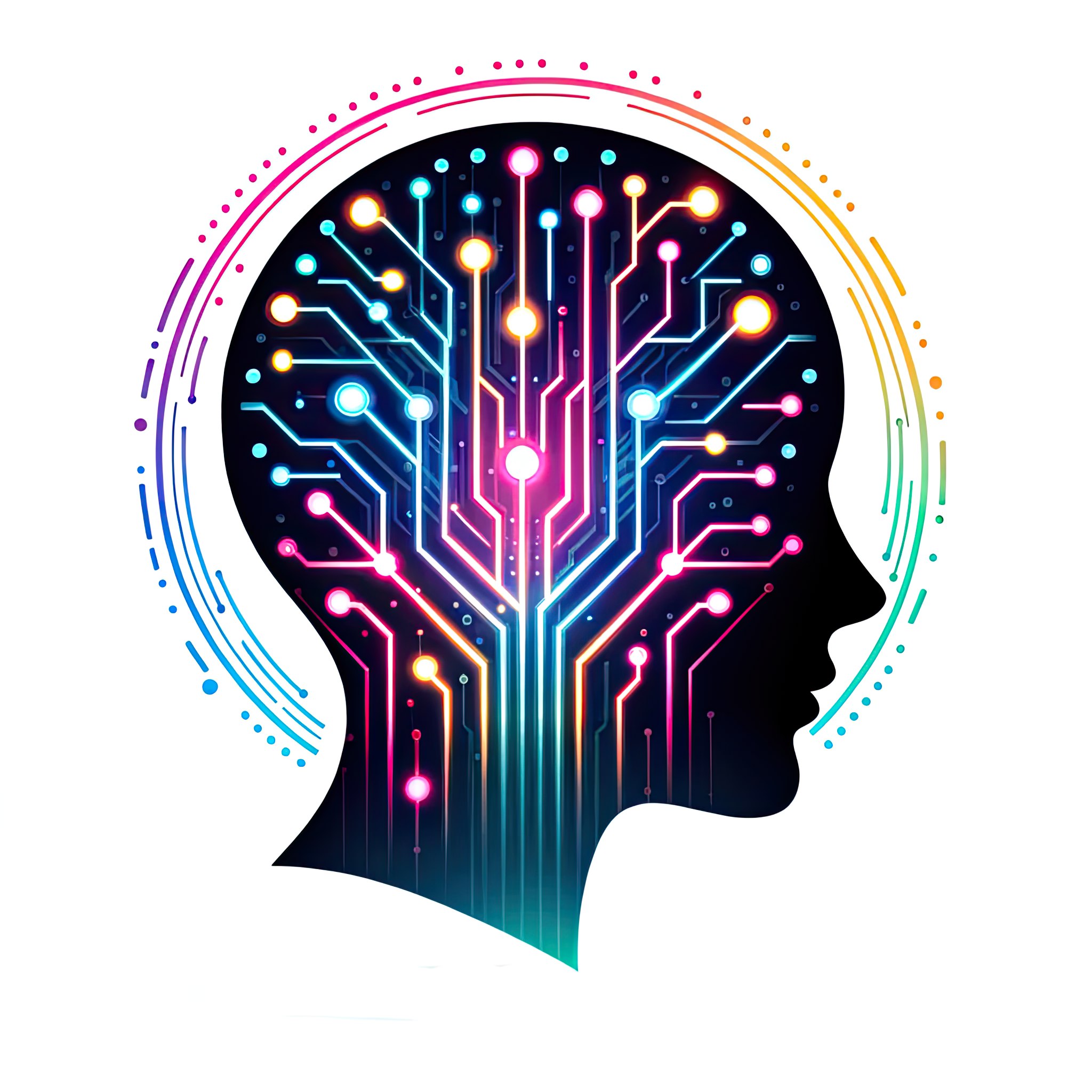The analogy that likens the year-over-year evolution from artificial intelligence models GPT-2 (2019) to GPT-4 (2023) to a staggering 500,000 years of human evolutionary history might strike one as an embellishment at first glance. Yet, this comparison, while rich in metaphor, serves to underscore an undeniable truth about the pace at which technology, particularly in the realm of artificial intelligence, advances in contrast to the gradual and painstakingly slow progression of human biological evolution.
The journey from GPT-2, unveiled to the public in early 2019, to the subsequent emergence of GPT-4, is not merely a tale of incremental advancements in computing or machine learning. It is, rather, a narrative that captures an exponential leap in the capabilities, sophistication, and potential impact of AI technologies on society, culture, and our understanding of intelligence itself.
This story begins with GPT-2, a model that at its time, was lauded for its unprecedented ability to generate coherent and contextually relevant text based on a given prompt. Its release marked a significant milestone in natural language processing, offering glimpses into the future potential of AI in creative writing, conversation, and even in generating informational content.
However, the evolution to GPT-4 is where the plot thickens, revealing not just quantitative improvements in terms of larger datasets, more computational power, or increased model parameters, but qualitative leaps in AI’s understanding of language, context, and even the nuances of human thought. GPT-4’s architecture, trained on diverse and extensive datasets, demonstrates a nuanced grasp of language that blurs the lines between human and machine-generated text. It showcases an ability to engage in complex problem-solving, to generate creative and original content, and to understand and generate responses based on context in ways that were previously unimaginable.
This leap mirrors, in a technological context, the kind of evolutionary jumps we observe in the fossil record, where sudden appearances of new forms of life or dramatic changes in existing ones mark significant epochs in the history of life on Earth. The analogy of comparing the advancement from GPT-2 to GPT-4 to 500,000 years of human evolution thus serves to highlight not only the speed and impact of technological progress but also to invite reflection on the nature of intelligence, both artificial and biological.
It prompts us to consider how intelligence develops, evolves, and impacts the world it inhabits, whether through the slow biological evolution of humans and our ancestors or through the rapid, human-driven evolution of artificial intelligences like GPT models. This comparison also brings to the forefront questions about the future trajectory of AI development and its potential impacts on society. As AI technologies continue to evolve at a pace far exceeding that of human biological evolution, the implications for employment, education, privacy, and ethics are profound.
It compels us to consider how we will adapt to this changing landscape, how we will harness the potential of AI to address societal challenges, and how we will manage the ethical dilemmas that arise from such rapid technological change. In essence, the evolution from GPT-2 to GPT-4, and the comparison to 500,000 years of human evolution, is more than a statement about the speed of technological advancement. It is a reflection on the nature of intelligence, the potential of technology to reshape our world, and the continuous interplay between human creativity and the tools it creates.
As we stand on the brink of further advancements in AI, the journey from GPT-2 to GPT-4 offers valuable insights into the exponential potential of technology to transform society, challenge our conceptions of intelligence, and ultimately, redefine what it means to be human in the age of artificial intelligence.
All images and all text in this blog were created by artificial intelligences

